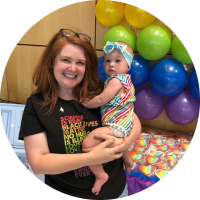Creepy Carrots
This post contains affiliate links. That means I get a small compensation at no cost to you. I use that to keep this blog up and running.
Have you read the book Creepy Carrots? It’s probably my favorite Halloween book of all time, but it could truly be used at any time of year! All of the resources shown below are in my Creepy Carrots pack on TPT. Click the photos to purchase.
I wanted to share a few quick ideas you can use this week after reading the book. If you don’t have your own copy, be sure to check your local library!
I also found this free reading on Youtube.
Art
I love using art in the classroom as often as possible. For me, I try to have students start from scratch and come up with their own creations. I have found, though, that a little bit of structure at the beginning of the year builds student confidence and creativity.
My Creepy Carrots Pack includes 2 crafts as well as a directed drawing (my favorite.) If you haven’t done directed drawings in your room yet, I highly recommend it! One thing you might consider is using the template to create your own Jasper or Carrot as an example. Then lay out the colors for students and let them create their own instead of using the template. They are adorable toppers for their thinking and writing about the text. Ideally, these only take 5-10 minutes so you can focus on comprehension for most of the literacy block. You could set them up as an independent activity when students have finished their writing/assessment or even as morning work. It is SO important we give students the opportunities to be creative {and successful} but it’s often not supported by admin. Building it into your day for fast finishers, as morning work or in workstations is a great idea if your admin isn’t on board.
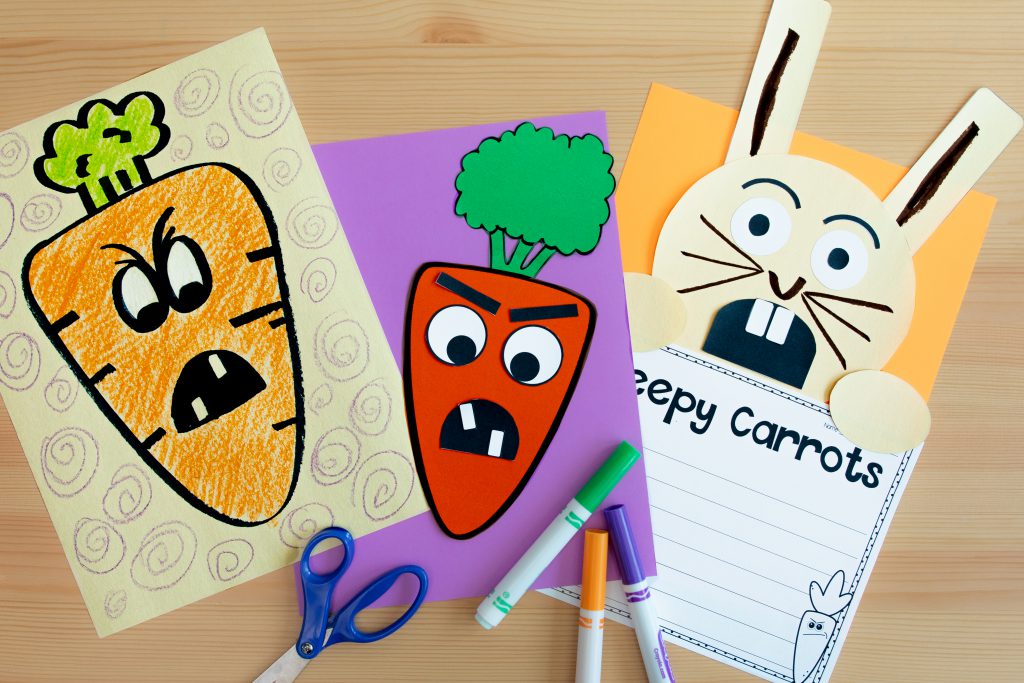
Retelling, Sequencing and Story Elements
Retelling in the primary grades is such an important skill because is the precursor to creating a strong summary of the story. It also shows if students truly understood the story and makes a quick assessment. I consider story elements, retelling and sequencing to be pretty close so we typically focus on all of them with each story we work on.
There are several ways to have students practice these skills. I’ve shown a few of them below. You can teach retelling using the language of “beginning, middle and end” or “first, next, after that, then, last” or variations. It’s important to use both so that students are familiar with this language.
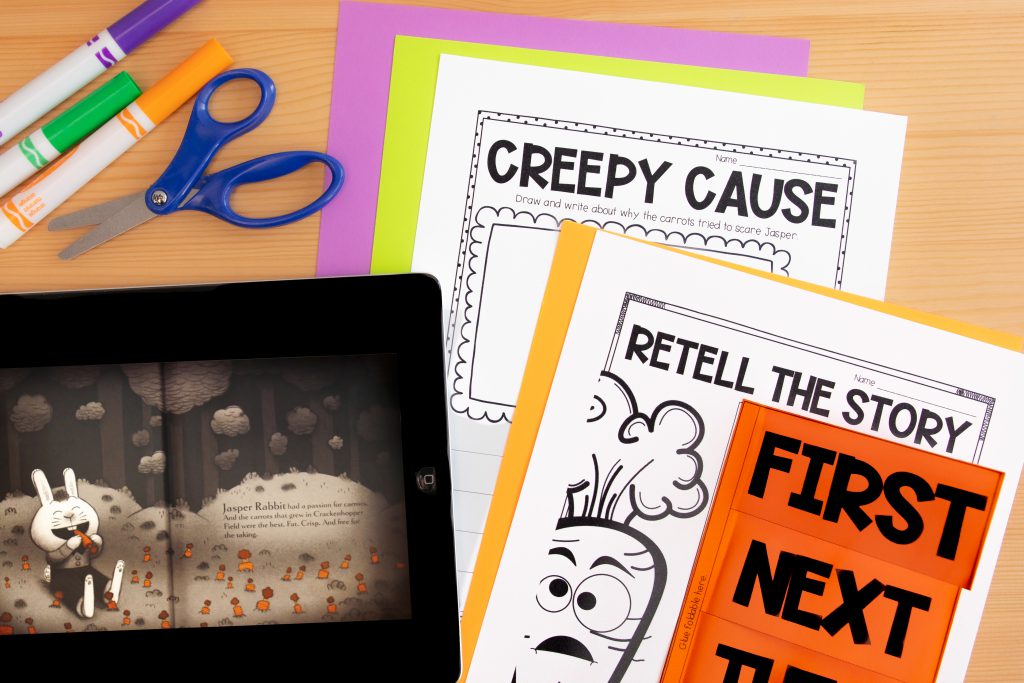
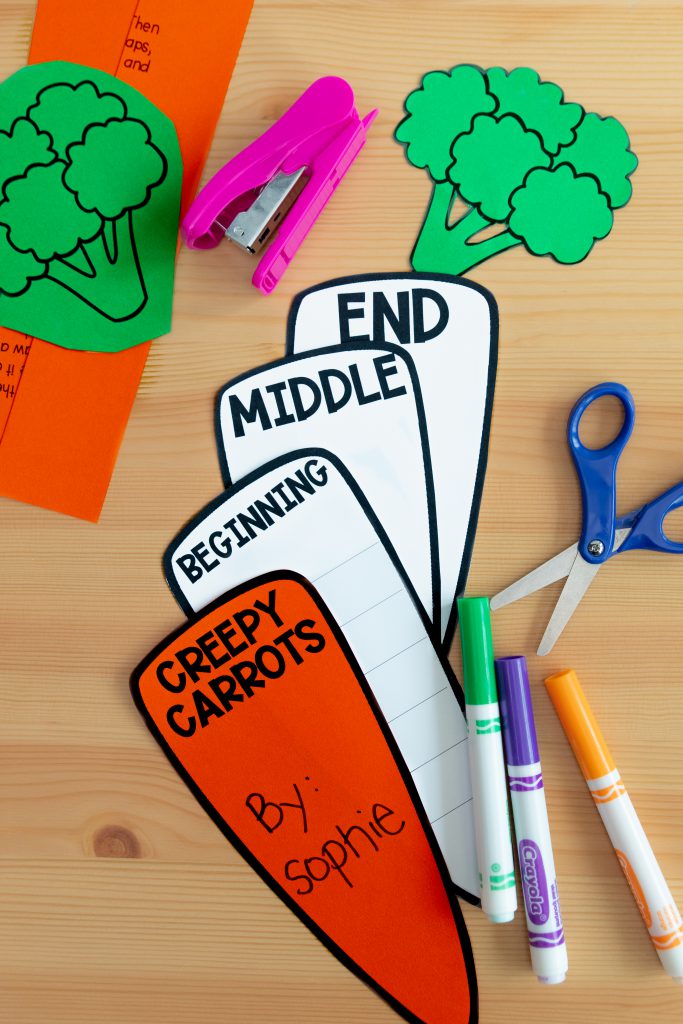
To scaffold, you can use picture cards for students to put in order. I’ve included them for you, but you can also quickly sketch story events.

Understanding Characters
The characters in this story are great for describing characters. We teach students to describe a character on the outside (appearance) and the inside (character traits.) Students often get confused about character traits vs. feelings so it’s important to clear up any misconceptions. Character traits are things that are true about the character for a long time (they might change, though, so don’t say for the whole story.) Character feelings are the way they feel during certain events.
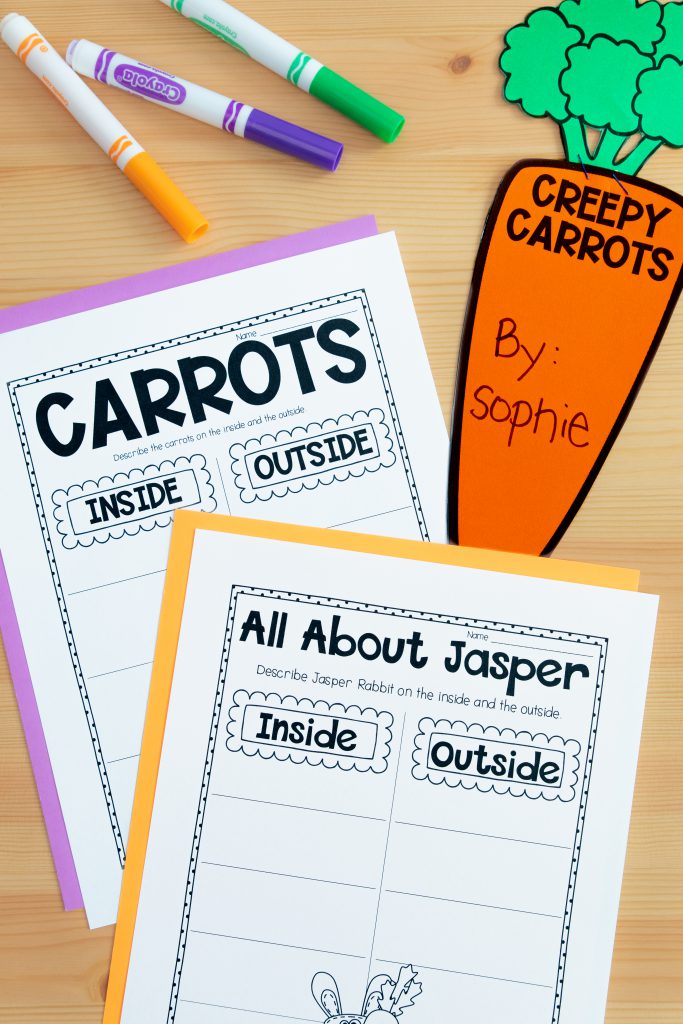
Vocabulary
There are so many vivid words in this book, it’s excellent for teaching vocabulary. You can choose which presentation works better for your students. I love using flipbooks because they can glue them into their reading notebooks and they are typically more engaging. They also help students separate words/concepts and provide them with less space so they don’t get overwhelmed.
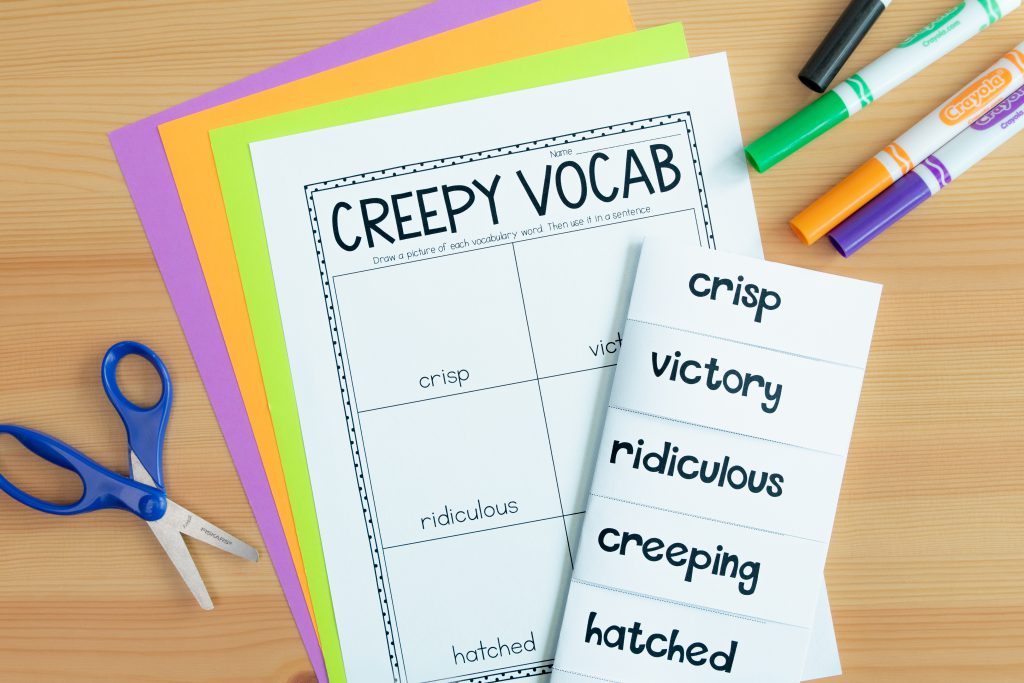
Inferences {Thoughts and Feelings}
Peter Reynolds does SUCH a good job allowing room for inferences in the story. Teaching our students to infer what a character might be thinking is a higher-level skill that students also need practice with. You can model deeper thinking by showing how characters might think about their feelings, predict what’s happening next, or process what’s already happened.
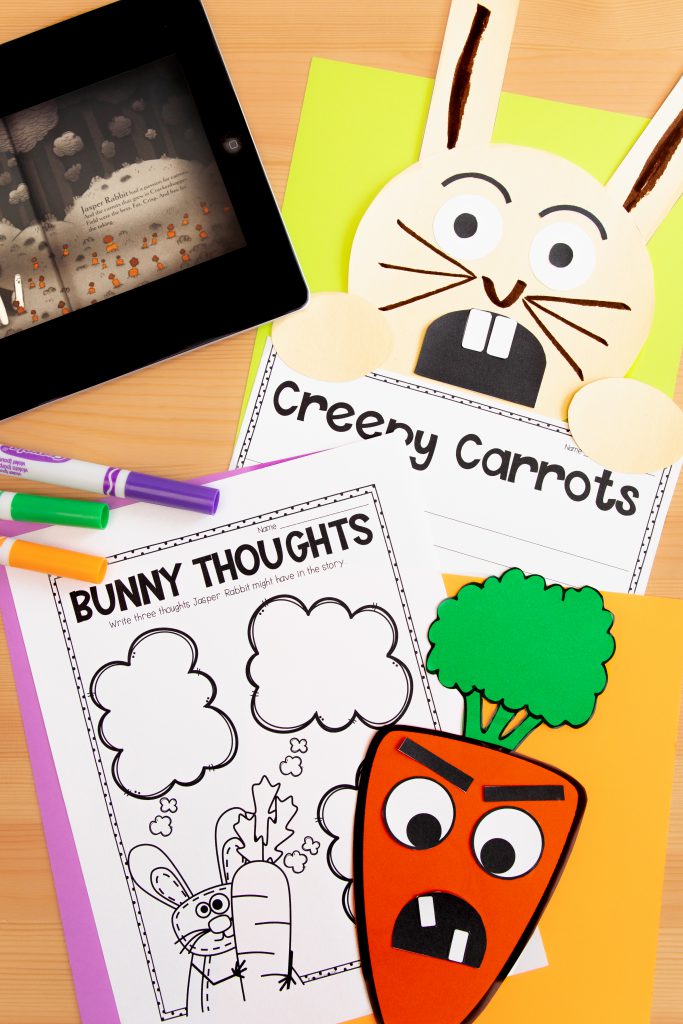
Finally, like with any book, having strong discussion questions is key to deepening our students’ comprehension. That’s why I wanted to make sure you have some questions to ask before, during, and after reading. Just fill out the form and check your email! They should show right up.
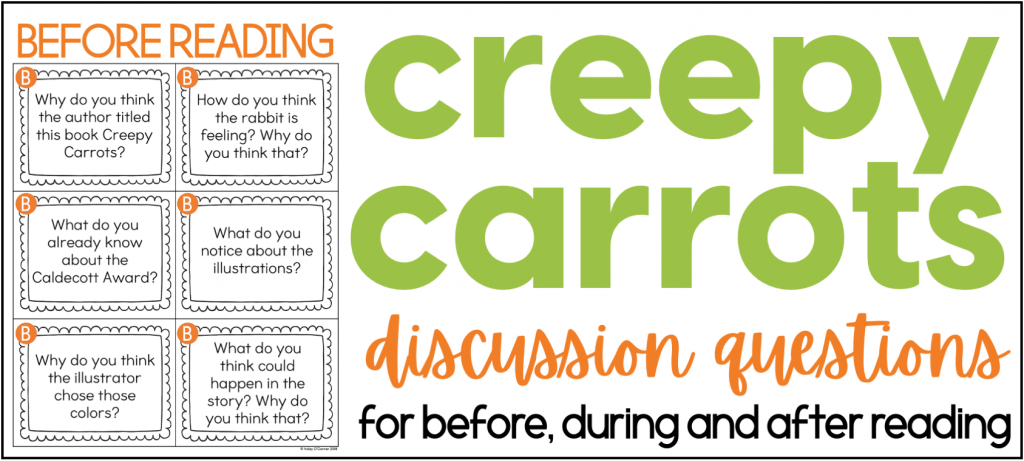
Don’t forget…if you ever have questions or need a bit more support, you can always reach me at [email protected].
? Haley
